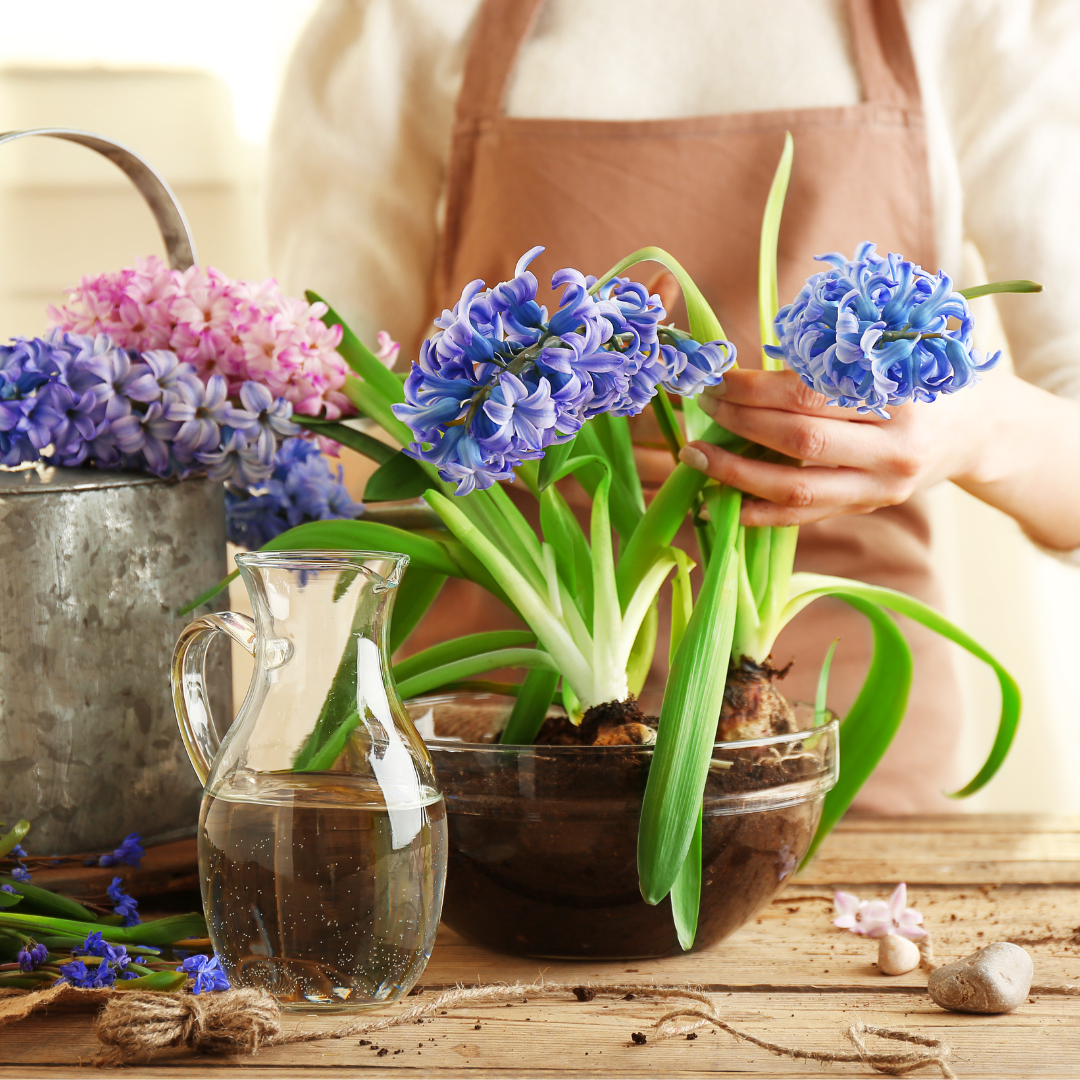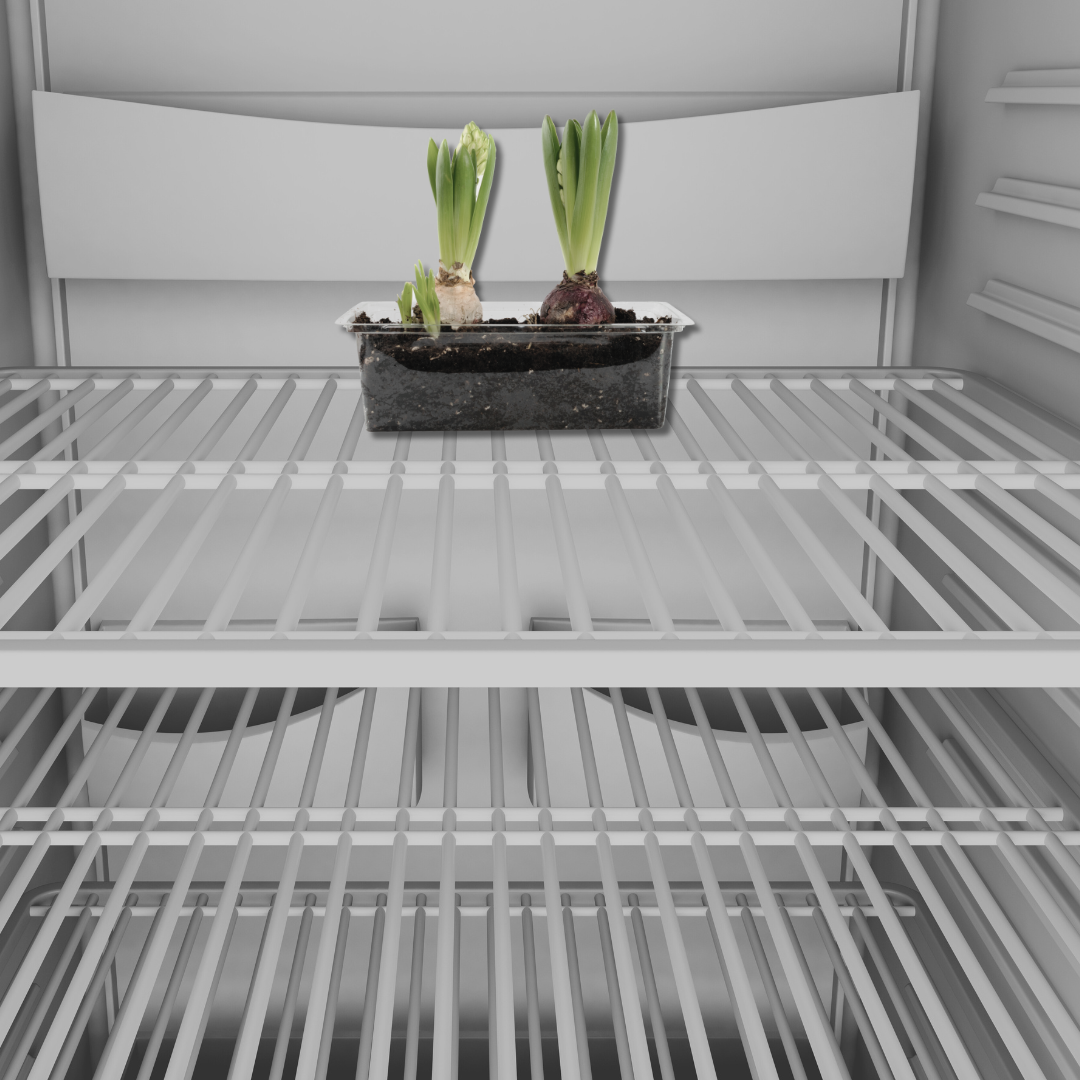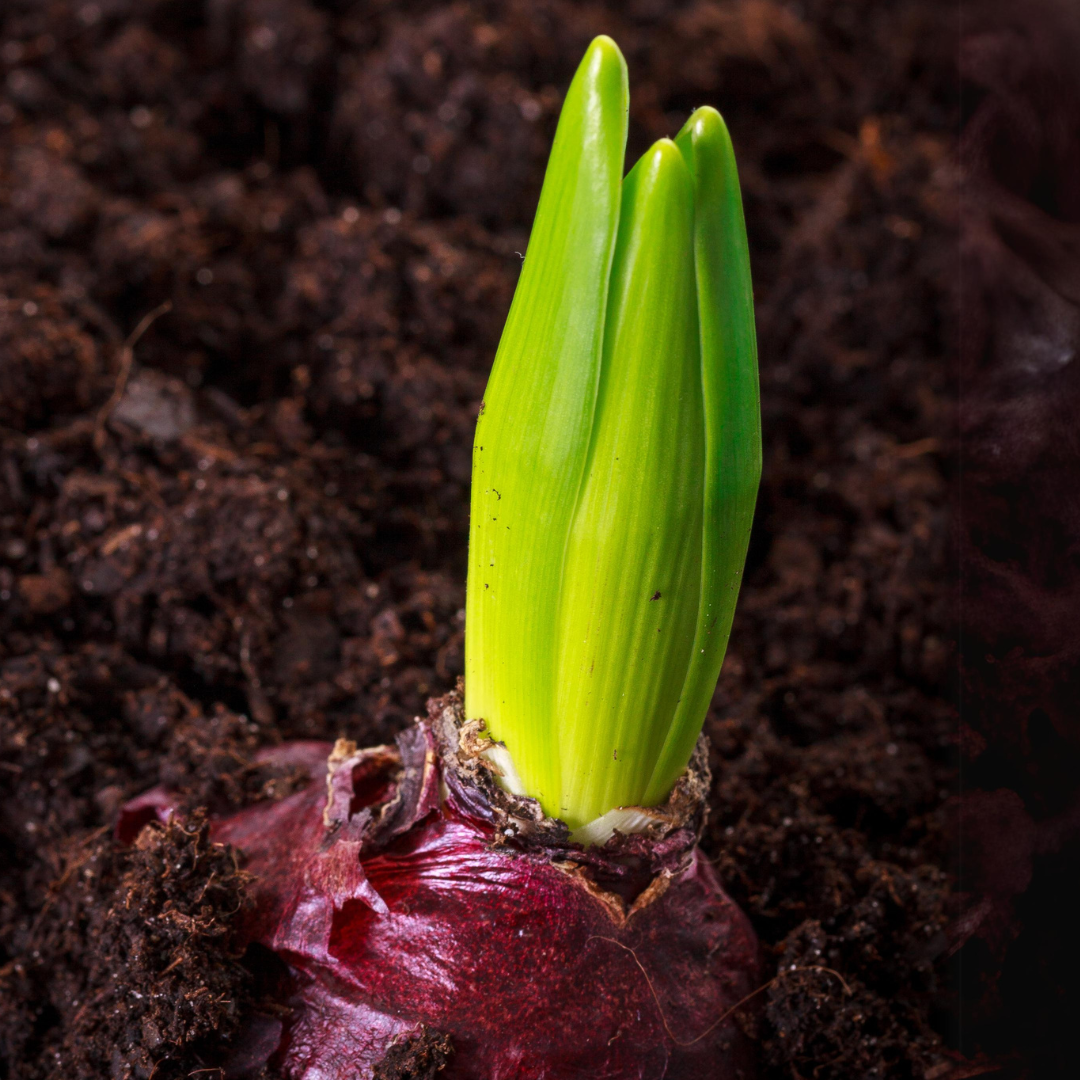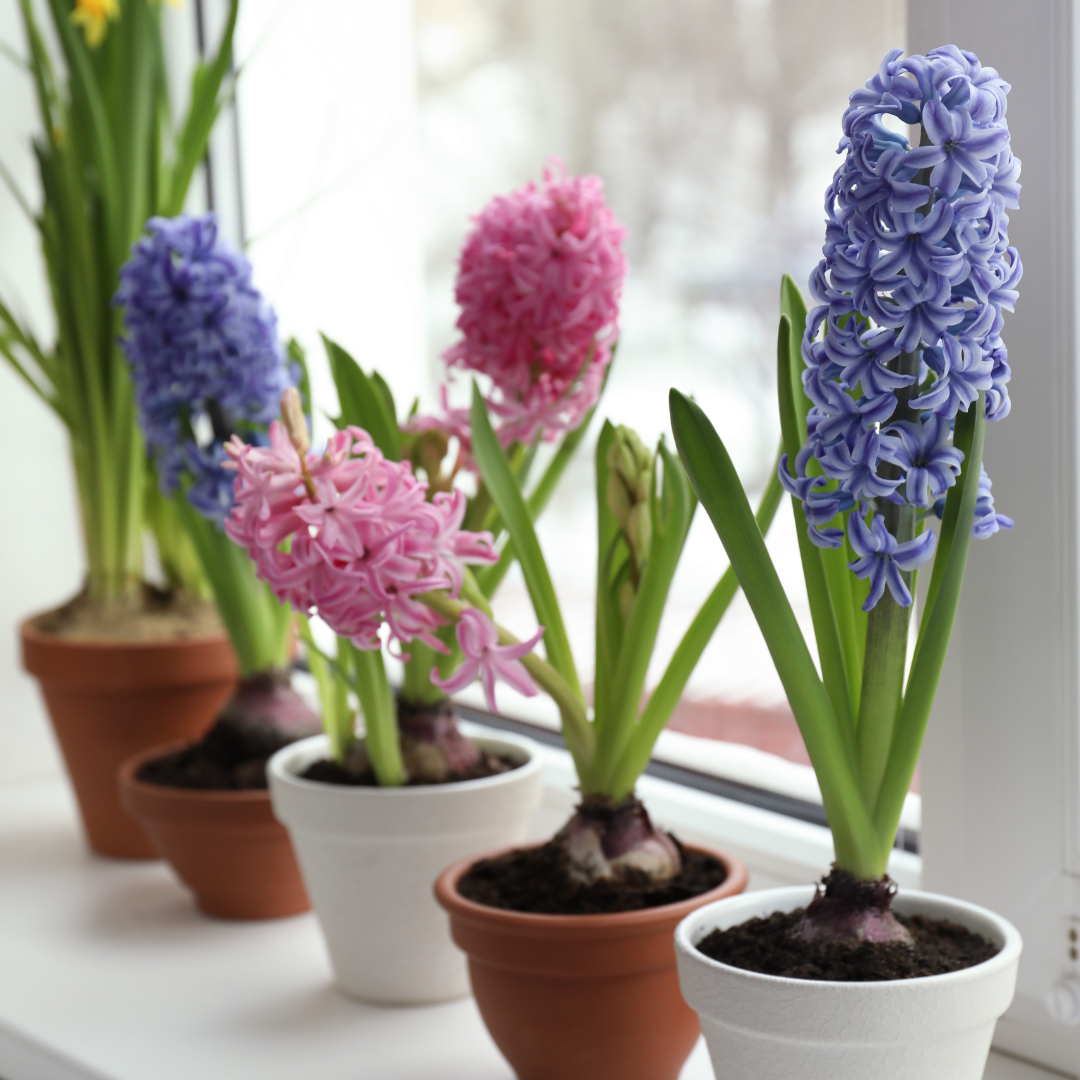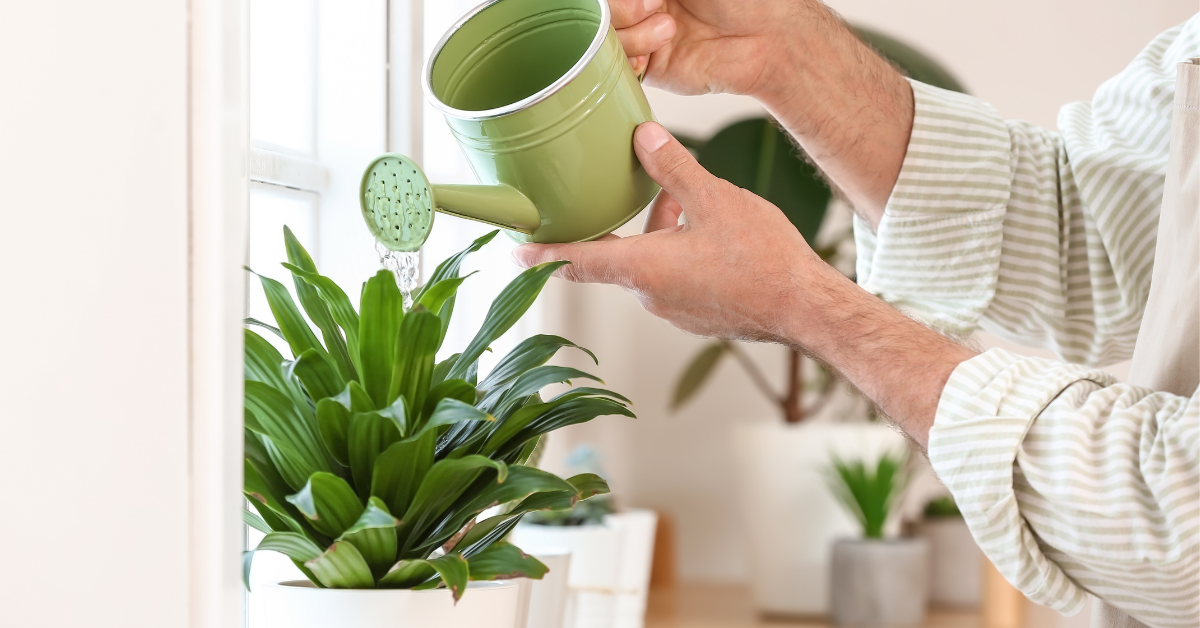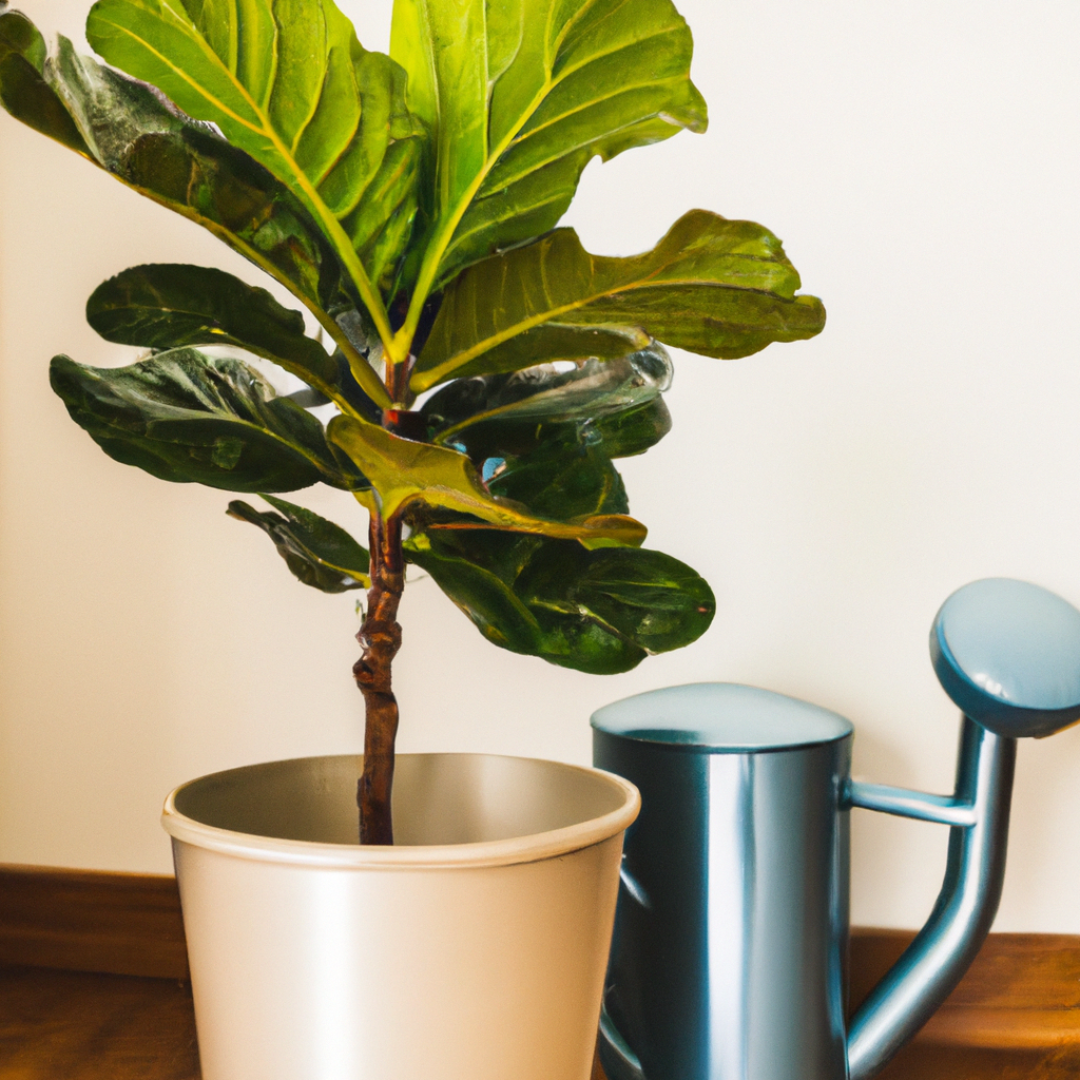Picture this: a stunning, vibrant orchid with cascading blooms that seem to defy gravity, its aerial roots reaching out in all directions. This is the world of Vanda orchids, a genus that has captured the interest of orchid enthusiasts and beginners alike.
Originating from the regions of tropical Asia, the Vanda genus has made its way into homes and greenhouses worldwide, thanks to these plants’ captivating beauty and unique growing habits. These orchids are not your typical potted plants; they thrive when suspended in the air, with their roots exposed.
But don’t let their exotic appearance intimidate you – with the right knowledge and care, even beginners can successfully grow and enjoy Vanda orchids at home. In this comprehensive guide, we’ll explore the 25 most common types of Vanda orchids, each with its own distinctive charm, and provide you with a beginner-friendly guide to nurturing these epiphytic plants within your home.
So, whether you’re an orchid enthusiast looking to expand your collection or a curious beginner eager to embark on a new horticultural journey, join us as we unravel the secrets of the Vanda orchid species and discover how to create a thriving environment filled with these mesmerizing aerial wonders.
Three Classifications of Vanda Orchids
Before we dive into the fascinating world of Vanda orchids, it’s essential to understand that they come in three distinct classifications of monopodial orchids based on their leaf shape and structure. Each type has its own unique characteristics and care requirements, making it crucial for indoor growers to identify which class their Vanda belongs to.
Strap-leaved
Imagine long, slender leaves that resemble straps or ribbons, gracefully arching from the plant’s central stem. These are the strap-leaved Vandas, the most common type you’ll encounter in the orchid world. Their leaves are typically flat and broad, with a leathery texture that allows them to store water and nutrients.
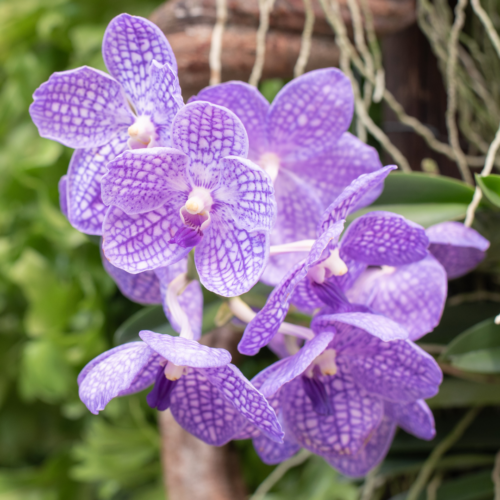
Terete
Now, picture a plant with leaves that look more like pencils or cylindrical stems rather than flat straps. Meet the terete Vandas, a unique class that has adapted to survive in high temperatures and more arid environments. Their round, fleshy leaves minimize water loss and enable them to thrive in it’s native habitat conditions that would leave other orchids struggling.

Semi-terete
As the name suggests, semi-terete Vandas are a fascinating blend of the two previous classifications. They boast leaves that are partially round and partially flat, showcasing the best of both worlds. This adaptation allows them to be more versatile in their growing requirements, making them an excellent choice for beginners.
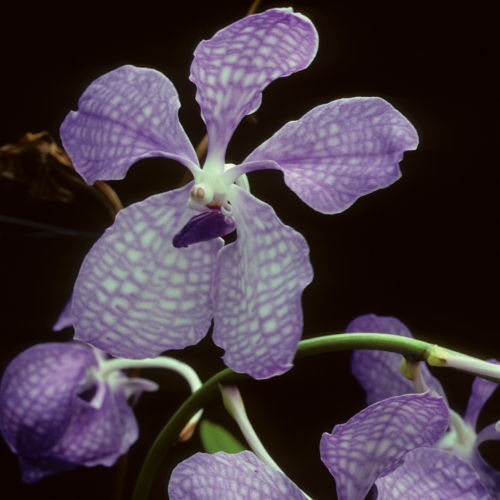
Indoor Care Differences
While all Vanda orchids share some basic care needs, (since they all belong to the orchidaceae family), each classification has its own set of preferences that indoor growers should keep in mind:
- Strap-leaved Vandas generally require more frequent watering, higher humidity levels, and bright, filtered sunlight or partial shade. They can tolerate some direct sun in the morning or late afternoon.
- Terete Vandas, on the other hand, can tolerate drier conditions, less frequent watering, and higher light levels, thanks to their water-storing leaves. They thrive in bright, direct sunlight.
- Semi-terete Vandas fall somewhere in between, offering a bit more flexibility in terms of watering, humidity, and lighting requirements. They prefer bright, indirect light or partial shade.
By understanding which classification your Vanda orchid belongs to, you’ll be better equipped to provide the tailored care it needs to flourish in your indoor space. In the next section, we’ll explore 25 of the most common Vanda orchid types, each with its own unique charm and allure.
25 Most Common Types of Vanda Orchids
Now that you’re familiar with the three classifications of Vanda orchids, let’s explore 25 of the most common and captivating varieties. Each of these species of vanda orchids has its own unique characteristics, from a wide range of colors to intriguing patterns and shapes.
1. Vanda coerulea
Known as the “Blue Orchid”, v. coerulea is a stunning strap-leaved species with large, round blue flowers in shades ranging from pale sky blue to deep indigo. Native to the Himalayan foothills, these blue vanda orchids are a true showstopper.
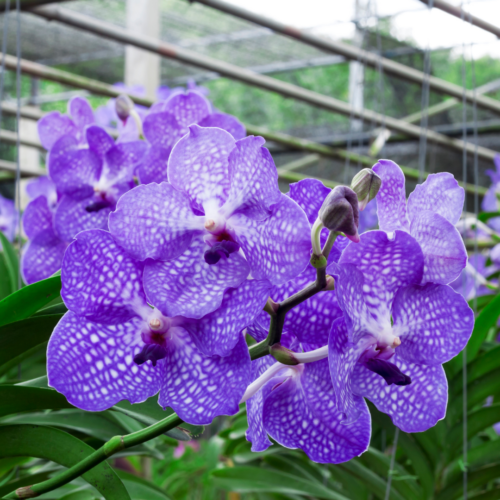
2. Vanda sanderiana
Vanda sanderiana, also known as “Waling-Waling”, is a semi-terete Philippine native with large, flat flowers that can span up to 6 inches across. Its petals and sepals are adorned with a striking pattern of pink, purple, and yellow hues.
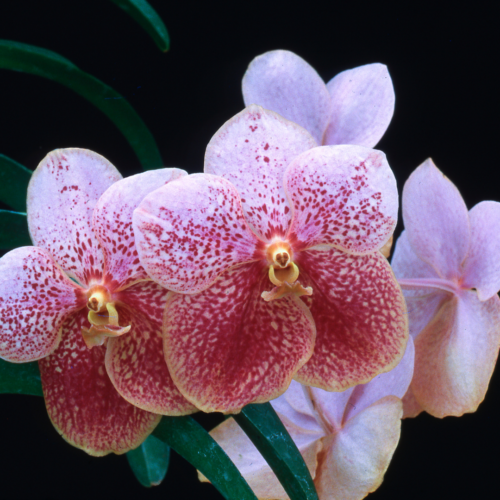
3. Vanda tricolor
As its name suggests, Vanda tricolor boasts a mesmerizing combination of three colors: white, yellow, and purple. This strap-leaved species is native to Indonesia and is known for its fragrant, long-lasting blooms.


4. Vanda luzonica
Endemic to the Philippines, Vanda luzonica is a compact, strap-leaved orchid with charming, fragrant flowers in shades of pink and white. Its petals and sepals are often marked with darker pink spots or stripes.

5. Vanda lamellata
Vanda lamellata is a terete species native to the Philippines and Taiwan. Its unique, pencil-like leaves and delicate, white and pink flowers make it a favorite among orchid collectors.

6. Vanda denisoniana
Native to Southeast Asia, Vanda denisoniana is a strap-leaved orchid with elegant, white and green flowers. Its petals and sepals are often twisted, giving the blooms a star-like appearance.


7. Vanda merrillii
Vanda merrillii, another Philippine native, is a compact, strap-leaved orchid with vibrant, reddish-orange flowers. Its petals and sepals are marked with darker red spots, creating a visually striking display.

8. Vanda cristata
Native to the Himalayan region, Vanda cristata is a terete orchid with slender, cylindrical leaves and charming, star-shaped flowers in shades of green, yellow, and white.

9. Vanda bensonii
Vanda bensonii, native to Southeast Asia, is a strap-leaved orchid with stunning, golden-yellow flowers adorned with reddish-brown spots. Its blooms are known for their sweet, citrusy fragrance.

10. Vanda limbata
Native to Indonesia and the Philippines, Vanda limbata is a strap-leaved orchid with attractive, mottled leaves and vibrant, orange and red flowers that bloom in clusters.

11. Vanda tessellata
Vanda tessellata, native to India and Sri Lanka, is a strap-leaved orchid with unique, checkered patterns on its petals and sepals. Its flowers come in shades of green, yellow, and brown, with a subtle, sweet fragrance.


12. Vanda stangeana
Native to Northeast India, Vanda stangeana is a rare, strap-leaved orchid with striking, greenish-yellow flowers marked with reddish-brown spots and stripes.

13. Vanda pumila
Vanda pumila, native to the Himalayan region, is a compact, strap-leaved orchid with delightful, white and pink flowers. Its petals and sepals are often marked with darker pink spots or stripes.

14. Vanda coerulescens
Native to Myanmar and Thailand, Vanda coerulescens is a strap-leaved orchid with enchanting, bluish-purple flowers. Its petals and sepals are often marked 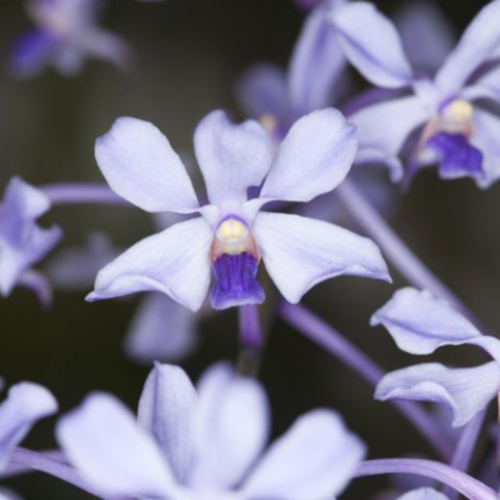 with darker purple veins, creating a mesmerizing pattern.
with darker purple veins, creating a mesmerizing pattern.
15. Vanda insignis
Vanda insignis, native to Indonesia, is a strap-leaved orchid with striking, maroon and yellow flowers. Its petals and sepals are often marked with darker maroon spots or stripes.

16. Vanda flabellata
Native to Southeast Asia, Vanda flabellata is a strap-leaved orchid with charming, fan-shaped leaves and delicate, white and pink flowers that bloom in clusters.

17. Vanda roeblingiana
Vanda roeblingiana, native to the Philippines, is a strap-leaved orchid with stunning, purple and white flowers. Its petals and sepals are often marked with darker purple spots or stripes.

18. Vanda hindsii
Native to the Philippines, Vanda hindsii is a strap-leaved orchid with attractive, mottled leaves and vibrant, yellow and brown flowers that bloom in clusters.

19. Vanda liouvillei
Vanda liouvillei, native to Southeast Asia, is a strap-leaved orchid with enchanting, purple and white flowers. Its petals and sepals are often marked with darker purple veins, creating a captivating pattern.

20. Vanda ampullacea
Native to the Himalayan region, Vanda ampullacea is a compact, strap-leaved orchid with delightful, pink and white flowers. Its petals and sepals are often marked with darker pink spots or stripes.

21. Vanda dearei
Vanda dearei, native to Borneo, is a strap-leaved orchid with striking, yellow and brown flowers. Its petals and sepals are often marked with darker brown spots or stripes.

22. Vanda javierae
Native to the Philippines, Vanda javierae is a compact, strap-leaved orchid with charming, white and purple flowers. Its petals and sepals are often marked with darker purple spots or stripes.

23. Vanda lilacina
Vanda lilacina, native to Southeast Asia, is a strap-leaved orchid with enchanting, lilac-colored flowers. Its petals and sepals are often marked with darker purple veins, creating a mesmerizing pattern.

24. Vanda motesiana
Native to Southeast Asia, Vanda motesiana is a strap-leaved orchid with stunning, orange and red flowers. Its petals and sepals are often marked with darker red spots or stripes.

25. Vanda subconcolor
Vanda subconcolor, native to the Philippines, is a compact, strap-leaved orchid with delightful, yellow and brown flowers. Its petals and sepals are often marked with darker brown spots or stripes.

26. Vanda Miss Joaquim
Vanda Miss Joaquim is a beautiful vanda orchid that has been named the national flower of Singapore! A hybrid of v. hookeriana and v. teres, this orchid’s large soft pink blooms have vibrant orange centers with reddish-purple spots.
With such a diverse array of Vanda orchids to choose from, there’s sure to be a variety that captures your heart and complements your indoor space. In the next section, we’ll dive into the beginner’s guide to caring for these captivating beauties, ensuring that your Vanda orchids thrive under your care.

Beginner’s Guide to Caring for Vanda Orchids Indoors
Now that you’ve fallen in love with the enchanting world of Vanda orchids, it’s time to learn how to care for these epiphytic orchids indoors. While they may seem exotic and challenging, with the right knowledge and a bit of patience, you’ll be able to create a thriving environment for your Vandas to flourish.
Light Requirements
Vanda orchids have varying light requirements depending on their leaf type.
- Strap-leaved varieties, with their broad, flat leaves, thrive in bright, indirect light for at least 6 hours a day. An east or south-facing window with sheer curtains is ideal, as it allows plenty of light to reach the orchid without the risk of sunburn.
- Terete Vandas, with their cylindrical, pencil-like leaves, require even more bright light, preferably direct sunlight for 4-6 hours a day. These varieties can handle more exposure and are less prone to sunburn.
- Semi-terete Vandas, with their semi-cylindrical leaves, fall somewhere in between, needing bright, filtered light for 6-8 hours a day. An east or west-facing window with some shading is often ideal for these varieties.

If you don’t have access to natural light, you can use artificial grow lights to supplement your Vanda’s needs. LED or fluorescent bulbs with a color temperature between 5000-6500K work best, mimicking the full-spectrum light of the sun.
Temperature and Humidity
Picture the balmy, humid air of the tropics enveloping your Vanda orchid. To keep your indoor orchid happy, aim to maintain warm temperatures that range of 60-85°F (15-29°C), with a slight drop in temperature at night to encourage blooming.
Vandas also thrive in high humidity levels, around 60-80%. You can increase humidity by placing a tray of water near your orchid, using a humidifier, misting the roots and leaves regularly, or placing your orchid in a naturally humid room like a bright bathroom or kitchen. Just be sure to provide adequate air circulation to prevent fungal growth.
Watering and Feeding
In their natural habitat, Vanda orchids are accustomed to frequent rainfall and quick drainage. To mimic this, water your Vanda thoroughly when the roots appear dry. For potted Vandas, allow water to run through the pot until a little water drains out the bottom. For mounted Vandas, water the roots and mount until they are completely saturated.
Depending on your indoor conditions, potted Vandas may need watering every 2-3 days, while mounted Vandas may require watering as often as twice a day during hot, dry spells.
Feeding your Vanda is crucial for healthy growth and blooming. Use a balanced, water-soluble orchid fertilizer once a week during the growing season. For potted Vandas, dilute the fertilizer to half-strength and apply it to the potting medium, allowing it to drain out the bottom. For mounted Vandas, dilute the fertilizer to one-quarter strength and spray or pour it over the roots and mount. Be sure to flush the roots with plain water every few weeks to prevent salt buildup. Do not fertilize your orchid in the winter months.

Potting and Mounting
Unlike most orchids, Vandas don’t require a traditional potting mix. In fact, they prefer to have their roots exposed to the air, making them perfect candidates for mounting on wood, cork, or tree fern plaques. You can also grow Vandas in hanging baskets with a coarse, well-draining media like charcoal, coconut husk chips, or large bark pieces.
To mount a Vanda orchid on wood, start by selecting a piece of untreated wood or cork bark with a flat surface. Use plastic-coated wire, fishing line, or plant clips to securely attach the orchid’s roots to the mounting surface. Position the plant so that the newest growth faces outward, and leave enough space between the plant and mount for the roots to spread. Avoid using moss or soil, as these can retain too much moisture and lead to root rot. When mounting your Vanda, ensure that the roots have plenty of room to grow and that the plant is securely fastened.

Pruning and Grooming
To keep your Vanda orchid looking its best, remove any dead, damaged, or diseased leaves and roots as soon as you notice them. This helps prevent the spread of infections and allows your orchid to focus its energy on healthy growth.
After flowering, cut the spent bloom stalk back to the base, just above the nearest node. This encourages your Vanda to produce new growth and bloom again in the future.

Common Pests and Diseases
Even with the best care, Vanda orchids can sometimes fall prey to pests and diseases. Some common issues to watch out for include:
- Mealybugs and scale insects: These sap-sucking pests can be removed with a cotton swab dipped in rubbing alcohol or treated with an insecticidal soap spray.
- Spider mites: These tiny arachnids thrive in dry conditions and can cause stippling on the leaves. Increase humidity and treat with a miticide if necessary.
- Root rot: Caused by overwatering or poor drainage, root rot can be prevented by ensuring proper watering techniques and adequate air circulation around the roots.
- Fungal infections: Leaf spots and black rot can occur in humid, stagnant conditions. Remove affected areas and improve air flow to prevent the spread of fungal diseases.

By following these guidelines and staying attentive to your Vanda orchid’s needs, you’ll be well on your way to cultivating a stunning, thriving collection of these captivating plants. Remember, patience and observation are key – as you gain experience, you’ll develop a deeper understanding of your orchids’ unique preferences and quirks, making indoor Vanda care a rewarding and enjoyable journey.
As we conclude our journey through the world of Vanda orchids, we hope you’ve developed an appreciation for these unique plants. From the vibrant blue Vanda coerulea to the striking patterns of Vanda sanderiana, Vandas can add a touch of tropical beauty to any indoor space.
- We’ve explored the three main classifications of Vanda orchids – strap-leaved, terete, and semi-terete – and how their leaf structures affect their care needs. Understanding these differences will help you provide the right care for your Vandas.
- Our overview of 25 common Vanda types showcased the diversity within this genus, from the delicate Vanda flabellata to the vibrant Vanda merrillii. There’s a Vanda orchid to suit every preference.
- With our beginner’s guide to indoor Vanda care, you now have the knowledge to create a suitable environment for your orchids to thrive. Providing the right light, temperature, humidity, water, and nutrients will encourage stunning blooms.
The key to successful Vanda orchid care is patience, observation, and a willingness to learn. Listen to your orchids and respond to their needs. With proper care, your Vandas will become cherished companions, filling your home with their exotic beauty for years to come.
Dive into the world of Vanda orchids and discover the joy of nurturing these incredible plants. Your indoor jungle awaits!
FAQs
As you embark on your Vanda orchid journey, it’s natural to have questions and concerns. In this section, we’ll address some of the most common queries about these captivating plants, helping you feel confident and prepared as you nurture your own indoor orchid collection.
How often should I water my vanda orchid?
The frequency of watering your Vanda orchid depends on various factors, such as the climate, humidity, and potting material. As a general rule, water your Vanda when the roots appear dry, which could be every 2-3 days or as often as twice a day during hot, dry spells. Always ensure that the water can drain freely and that the roots have ample air circulation to prevent rot.
What is the difference between Vanda and Cattleya orchids?
While both Vanda and Cattleya orchids are epiphytic, meaning they grow on other plants or objects, they have distinct differences. Vandas have a monopodial growth habit, with a single stem that grows upward, while Cattleyas have a sympodial growth habit, with pseudobulbs that store water and nutrients. Additionally, Vandas prefer higher humidity and more frequent watering compared to Cattleyas.
Can I grow vanda orchids in regular potting soil?
No, Vanda orchids should not be grown in regular potting soil. These orchids have evolved to grow with their roots exposed to the air, and traditional soil mixes can retain too much moisture, leading to root rot. Instead, opt for mounting your Vanda on wood, cork, or tree fern plaques, or use a coarse, well-draining media like charcoal, coconut husk chips, or large bark pieces in hanging baskets.
What is the lifespan of a Vanda orchid?
With proper care, Vanda orchids can live for decades, making them a long-term investment in your indoor garden. Some specimens have been known to thrive for over 50 years! The key to their longevity lies in providing the right growing conditions, regular maintenance, and prompt attention to any signs of stress or disease.
Can Vanda orchids take full sun?
While Vanda orchids generally require bright, indirect light to thrive, their specific light requirements can vary based on the variety. Terete Vandas, with their pencil-like leaves, can tolerate more direct sunlight compared to semi-terete and strap-leaved varieties. Semi-terete Vandas, with their semi-cylindrical leaves, need bright, filtered light, while strap-leaved Vandas, with their flat, broad leaves, require the most shade and should be protected from direct sun exposure.
Remember, every orchid is unique, and it may take some trial and error to find the perfect balance for your Vanda. By staying attentive to your plant’s needs and making adjustments as necessary, you’ll be well on your way to cultivating a thriving, beautiful Vanda orchid collection that brings joy and tranquility to your indoor space.

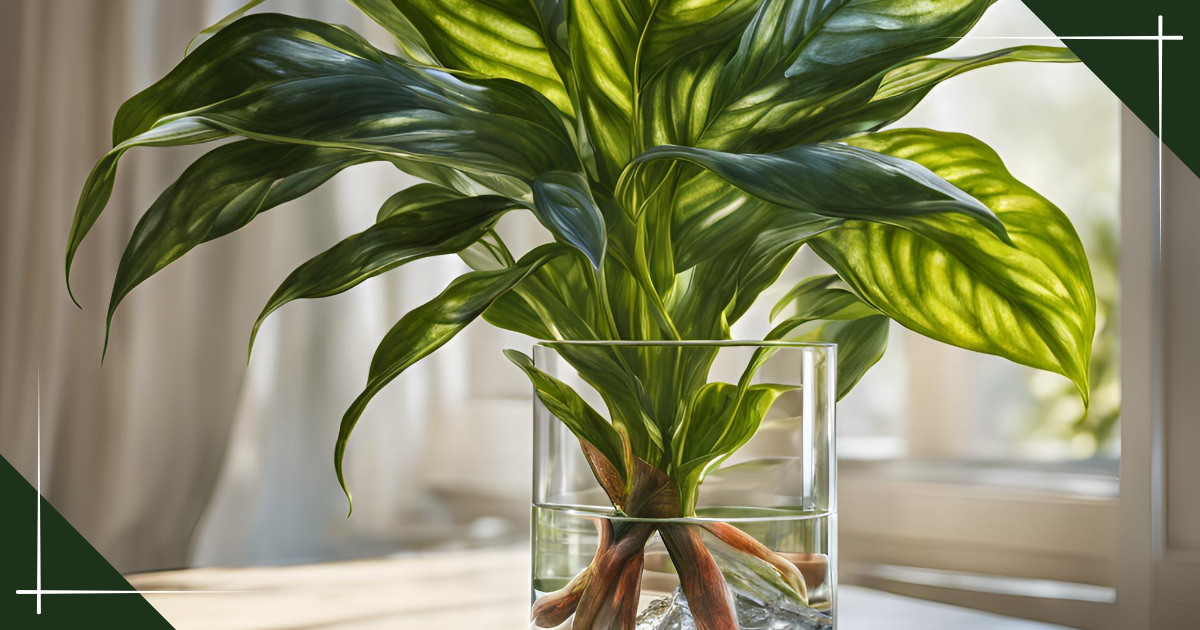










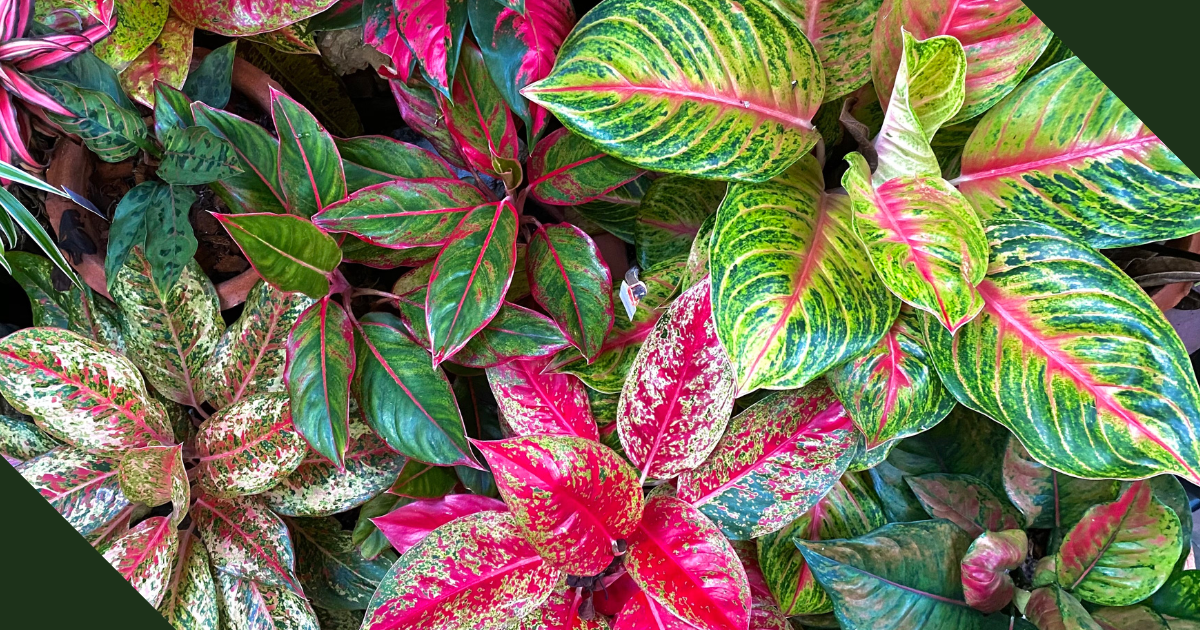






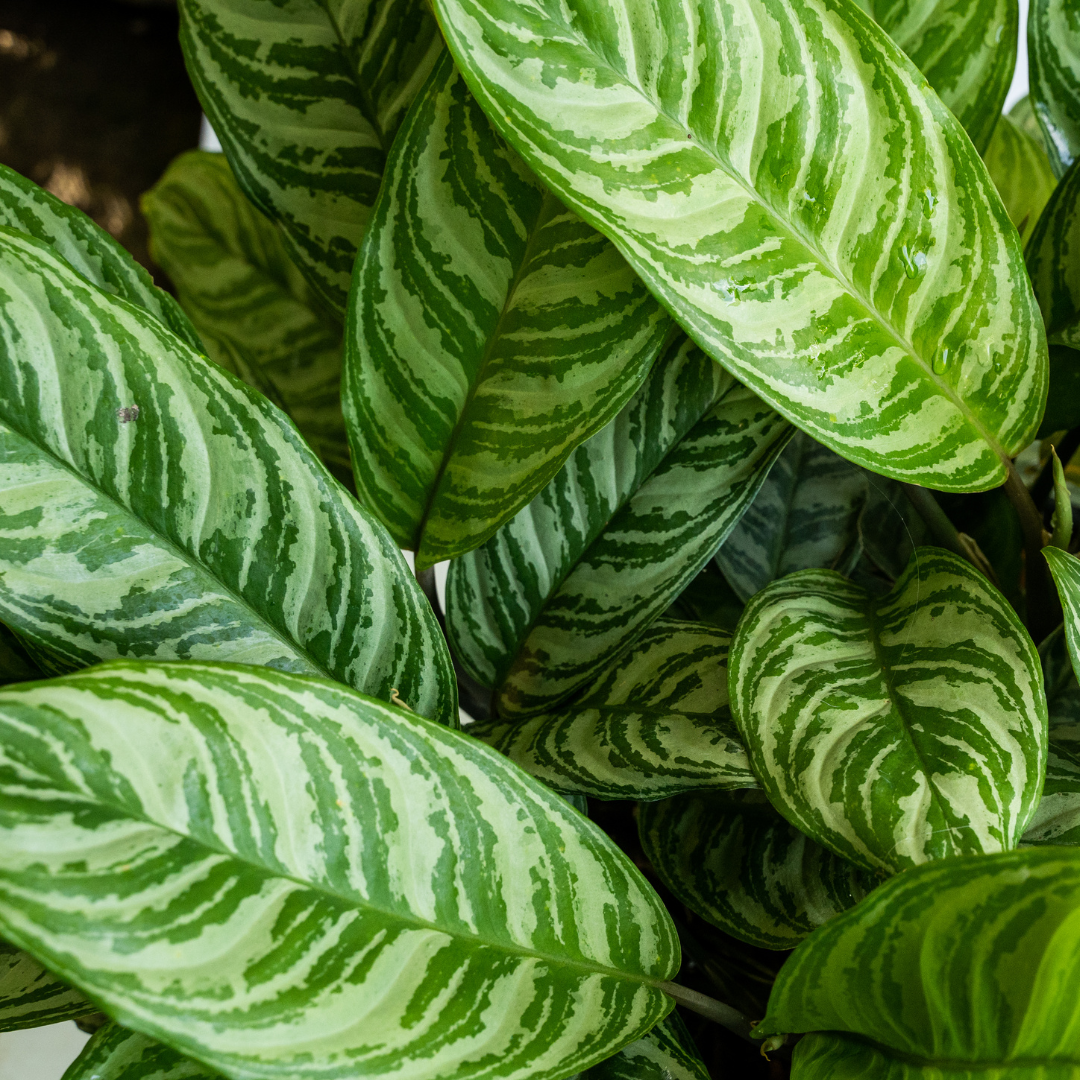




















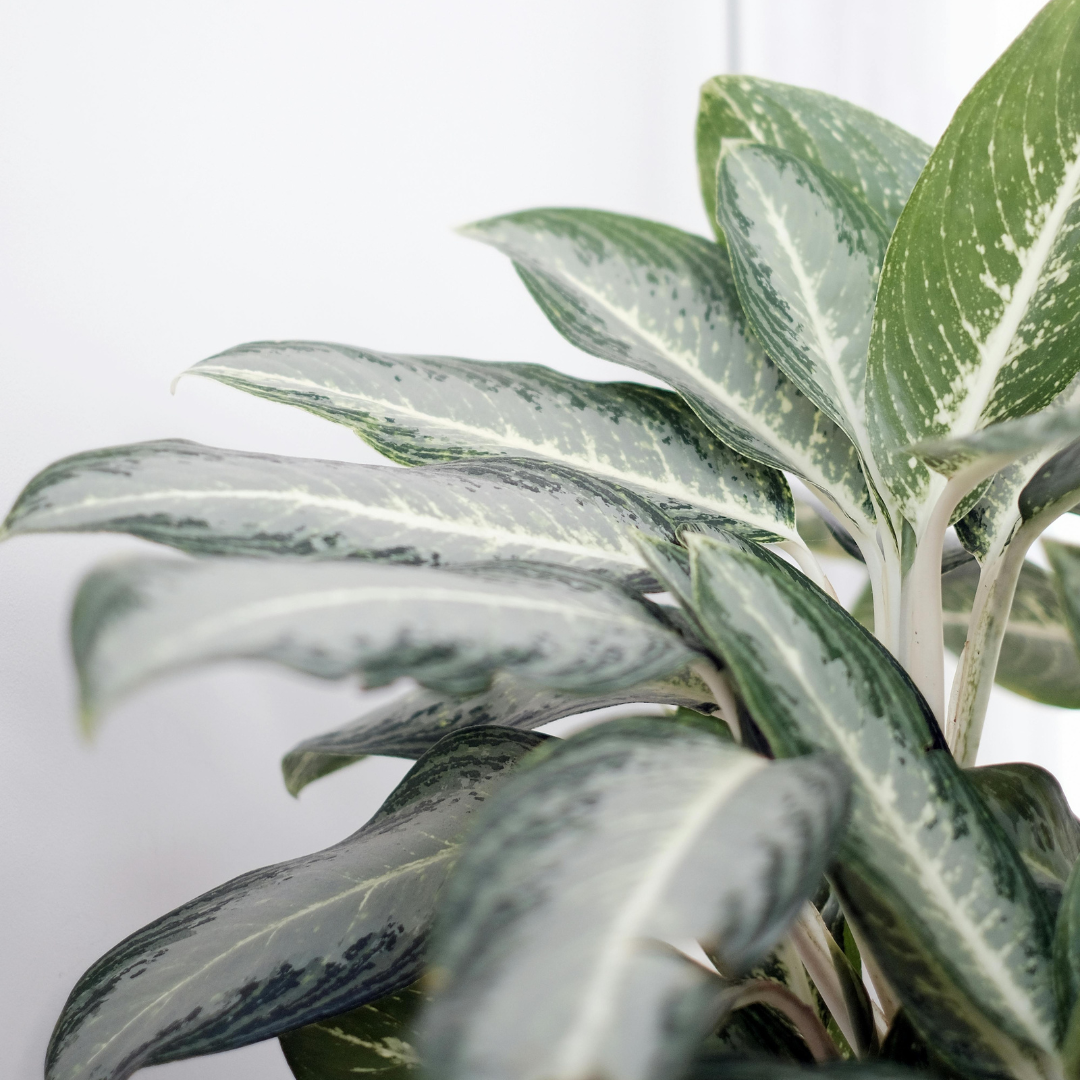





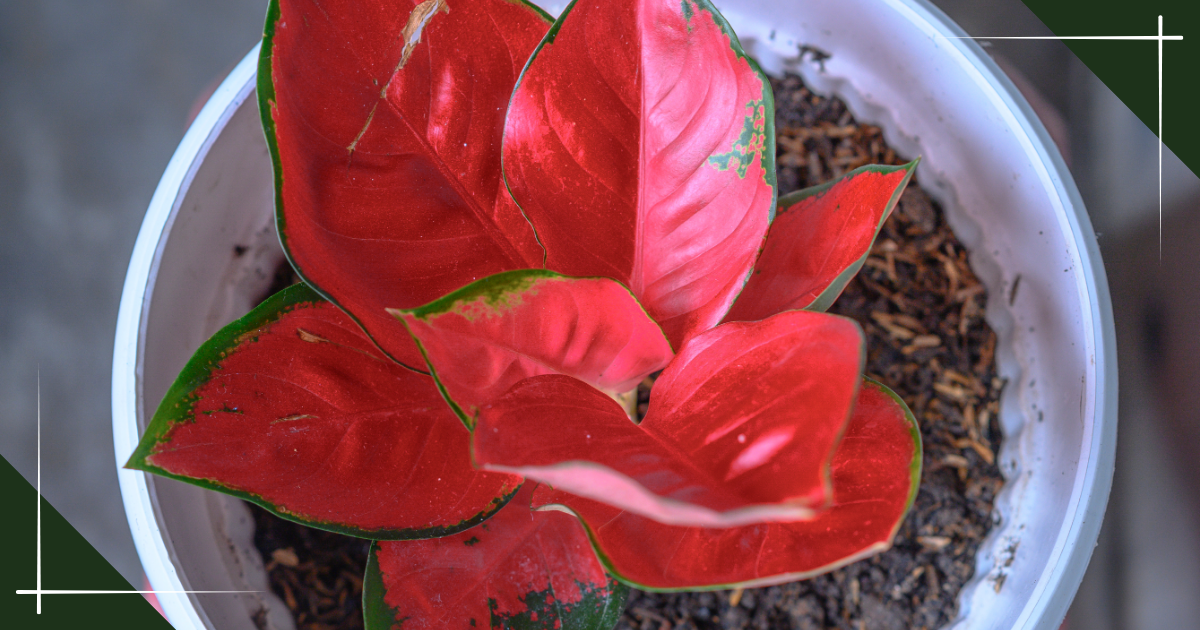

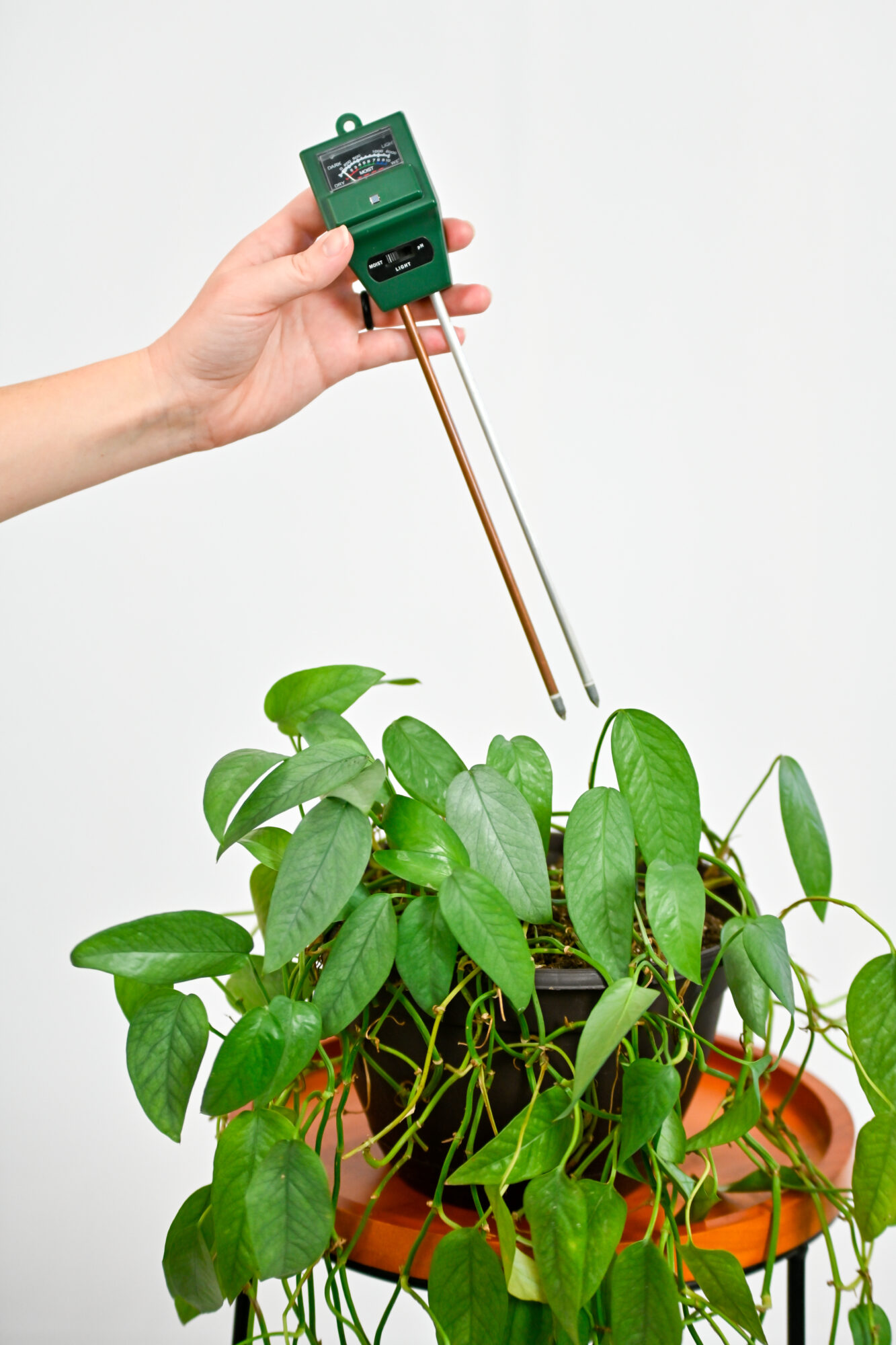





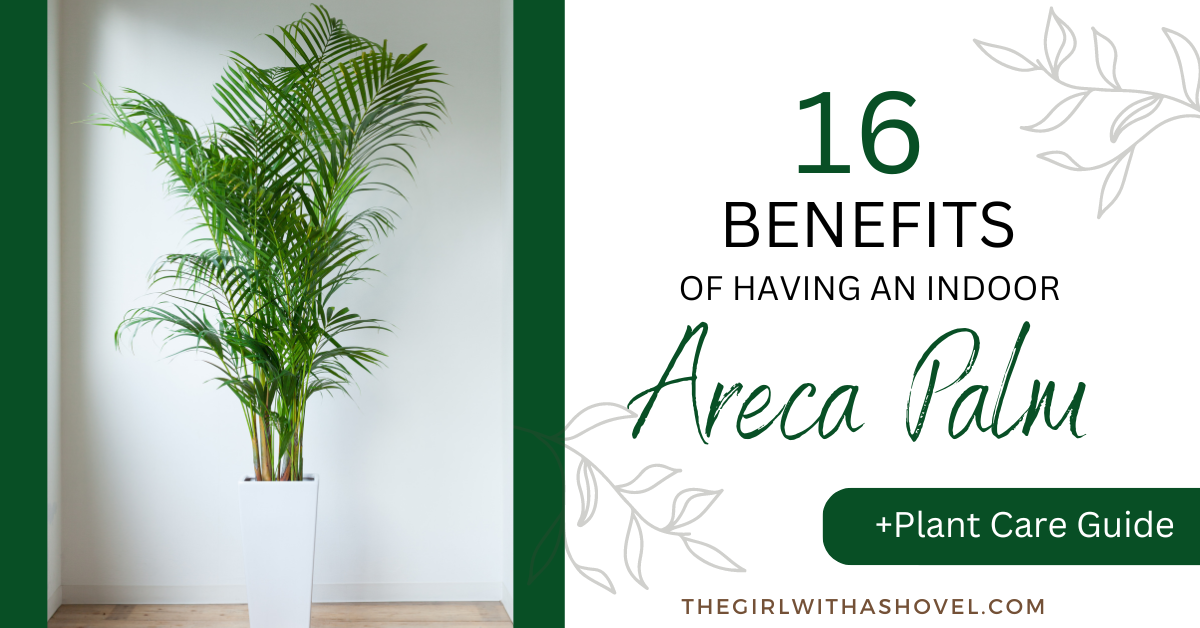
































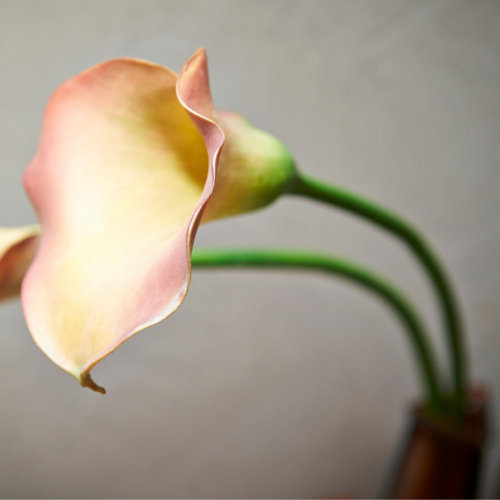




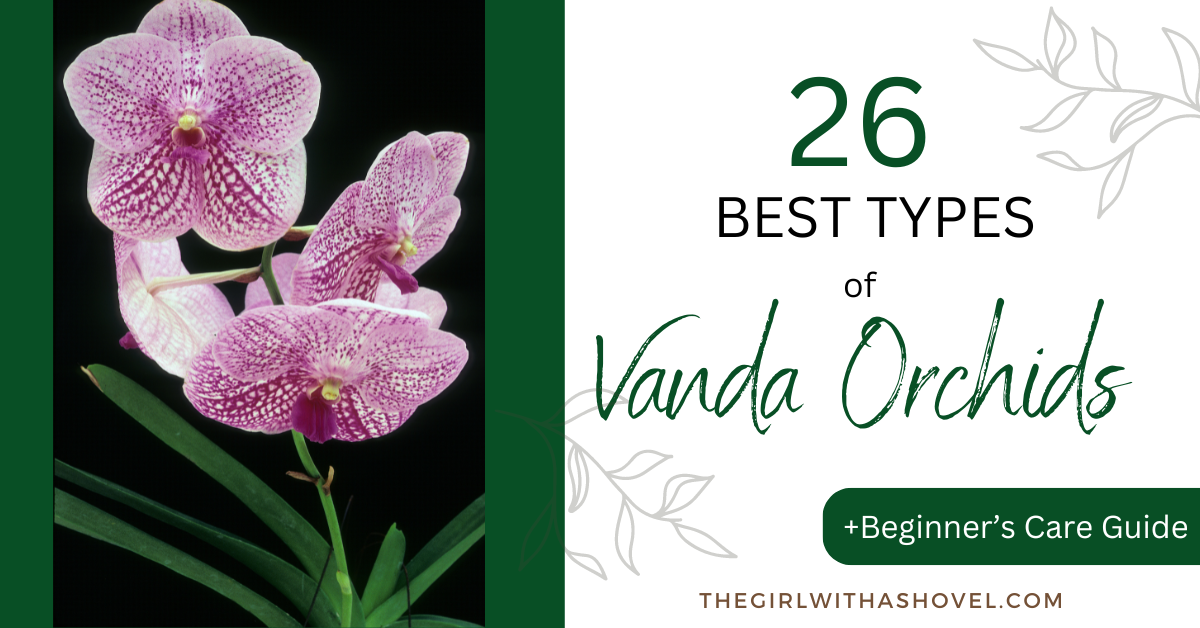

















 with darker purple veins, creating a mesmerizing pattern.
with darker purple veins, creating a mesmerizing pattern.

















